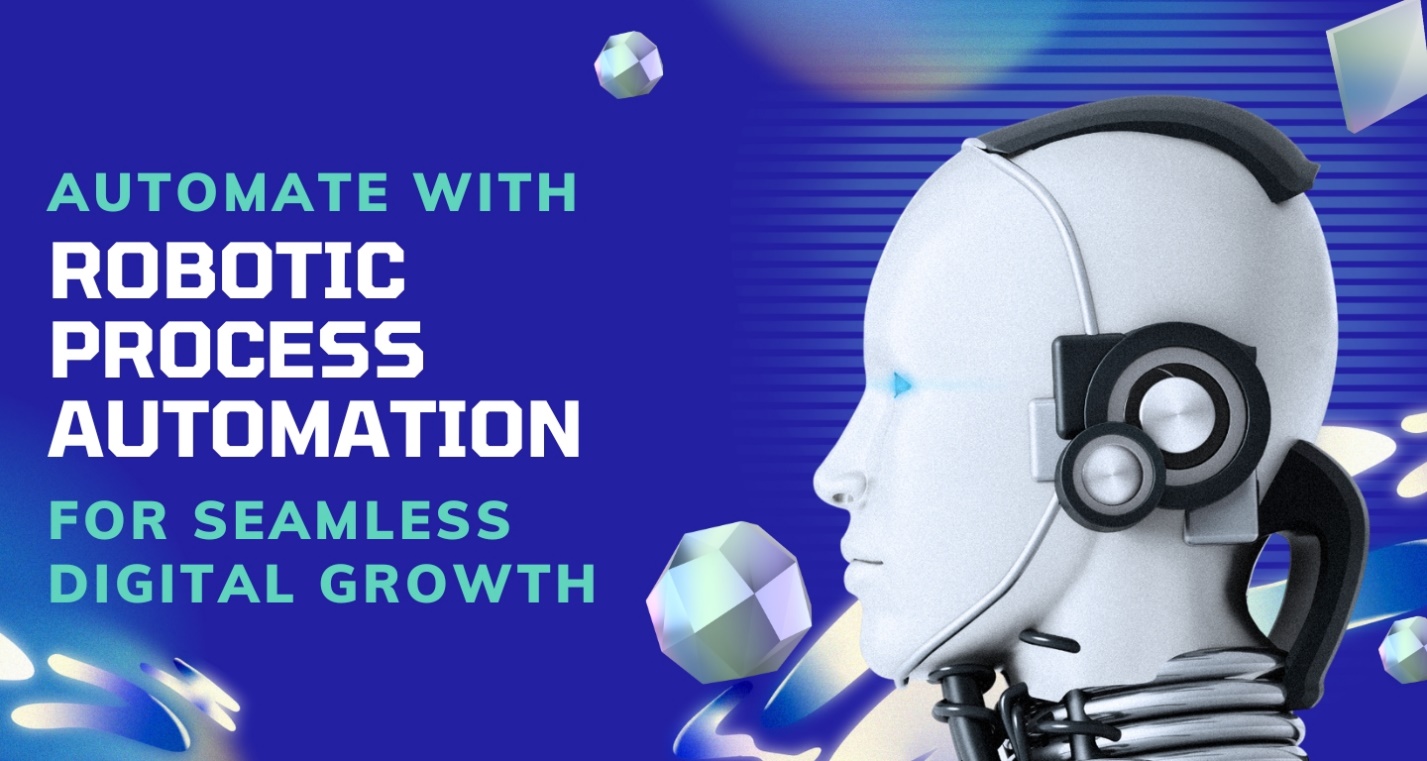In today’s fast-paced world, where innovation and technology are at the forefront, coding has become an essential skill. Developers are constantly striving to find ways to code more efficiently, minimize errors, and deliver high-quality results in less time. This is where AI-powered coding assistants come into play, revolutionizing the way we code and paving the way for a smarter, faster, and more productive coding experience.
Discover the Power of AI in Coding:
Gone are the days of solely relying on manual coding processes. The integration of Artificial Intelligence (AI) in coding has brought about a paradigm shift in the development landscape. AI-powered coding assistants are intelligent tools that work alongside developers, providing suggestions, automating repetitive tasks, and enhancing overall coding productivity.
Coding Faster with AI-Powered Assistants:
One of the most significant advantages of AI-powered coding assistants is their ability to accelerate the coding process. These assistants analyze your code and suggest relevant autocompletions, reducing the time spent on typing out lengthy lines of code. They anticipate your next steps and offer context-aware suggestions, making coding smoother and quicker.
Imagine seamlessly writing complex functions or classes with just a few keystrokes. AI-powered assistants understand your coding patterns, adapting to your style, and helping you write code that aligns with best practices.
Smarter Coding:
Coding isn’t just about writing lines of code; it’s about problem-solving and creating efficient solutions. AI-powered coding assistants enhance your coding intelligence by offering suggestions that align with the logic you’re trying to implement. They catch syntax errors in real-time and provide insights to improve your code’s readability and maintainability.
These tools also enable you to explore different solutions by experimenting with various code snippets. This iterative process of trial and error becomes more efficient with AI’s ability to predict the outcomes of different code implementations.
Reducing Errors and Enhancing Quality:
Bugs and errors are the arch-nemeses of developers. AI-powered coding assistants act as vigilant companions, detecting errors as you type and offering solutions before, they evolve into critical issues. This not only reduces debugging time but also improves the overall quality of your codebase.
By enforcing coding standards and best practices, these assistants ensure that your code is consistent, well-structured, and adheres to industry standards. This leads to cleaner code that is easier to maintain and collaborate on.
Unlocking Creativity:
AI-powered coding assistants handle the repetitive and mundane tasks, freeing up developers’ mental space for creative thinking and problem-solving. With routine tasks automated, developers can focus on the bigger picture and explore innovative solutions to complex problems.
Moreover, these assistants provide instant access to documentation and resources, eliminating the need to switch between tabs or scour the internet for answers. This accessibility fosters continuous learning and empowers developers to explore new technologies and libraries.
Embracing the Future of Coding:
The integration of AI-powered coding assistants is not just a trend; it’s a transformative leap into the future of coding. As AI technology continues to evolve, these assistants will become even more intelligent, capable of understanding natural language commands, and adapting to the developer’s workflow seamlessly.
The key to maximizing the benefits of these assistants is to strike a balance between utilizing their suggestions and maintaining your coding intuition. It’s a partnership that augments your skills rather than replacing them.
In Conclusion:
Coding assistants powered by AI are no longer a distant dream but a tangible reality that is revolutionizing the coding landscape. They allow developers to code faster, smarter, and with greater precision. As the coding world continues to evolve, embracing AI-powered coding assistants is a step towards staying ahead of the curve, enhancing your coding capabilities, and unlocking new realms of innovation.
Incorporate these intelligent tools into your workflow and embark on a journey where your coding potential knows no bounds. The era of coding with AI has arrived, and it’s time to harness its power to code smarter, faster, and with unparalleled efficiency. Connect with us at Technogiq UAE.










